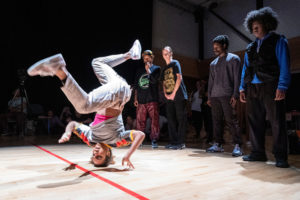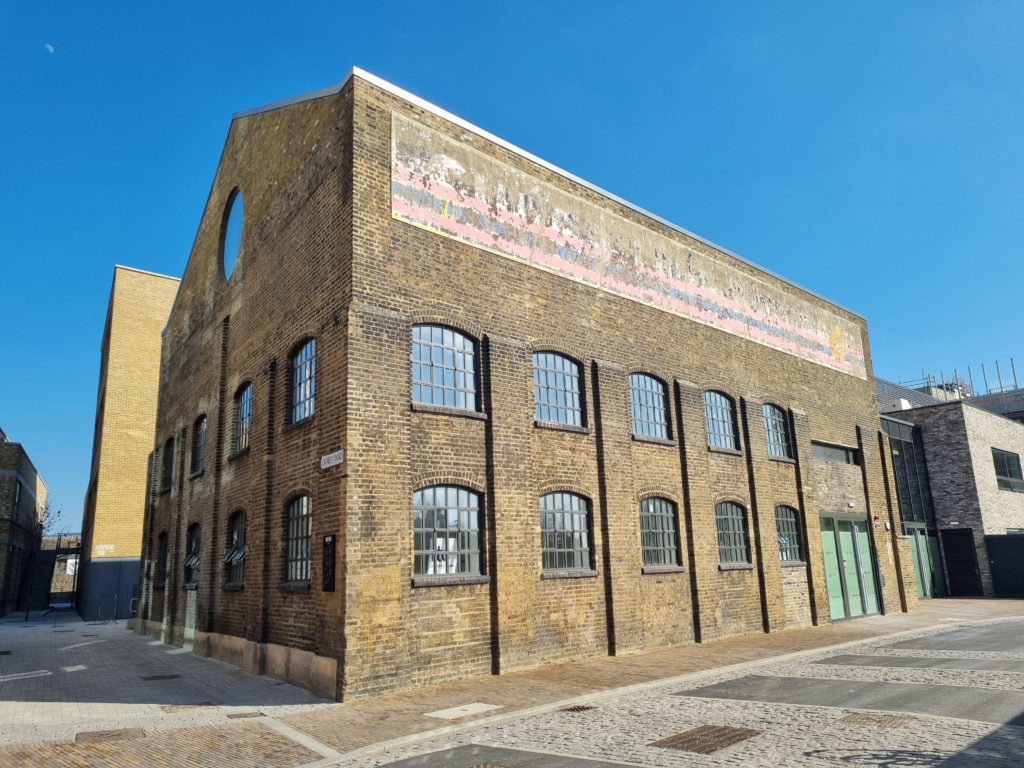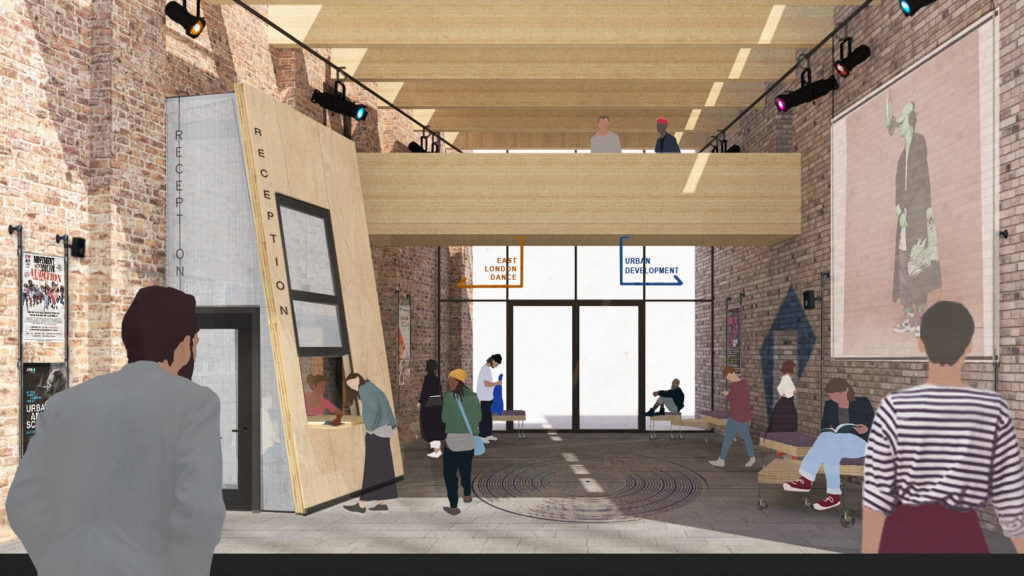Project Art Works
Arts & Culture Impact Fund Project Art Works is an Arts…
Arts & Culture Impact Fund investment
A new centre for developing diverse young talent in dance and music, driven by a collaborative partnership with UD.
| Region: | London |
| Discipline: | Dance |
| Investment size: | £250,000 |
The Organisation
East London Dance was established in 1987 as a regional dance council to create opportunities for schools and community groups across east London to work with professional dancers, before becoming an independent charity in 1996. It is one of Arts Council England’s National Portfolio Organisations and operates as both a talent development incubator and creative producer, with a strong emphasis on diversity and inclusion. In addition to producing and presenting high quality dance, it delivers dance classes for people of all ages, runs a talent development programme for the next generation of creative leaders and delivers bespoke classes and performances for businesses, charities and schools.

The Opportunity
Having been based in Stratford Circus Arts Centre since 2001, East London Dance had outgrown its premises over the years and in the mid-2010s began looking for a bigger home to fulfil its creative ambitions. Identifying another organisation with shared goals, East London Dance entered into a partnership with music organisation UD to take on shared ownership of a new site close to Stratford in east London. Realising the synergies of the two organisations, which had a history of collaboration since 2004, in 2016 they decided to use the opportunity to create a new centre, The Talent House – a pioneering dance and music hub for young creatives, local people and the wider arts sector, located at Sugar House Island in Stratford.
The Talent House will consolidate the activities of UD and East London Dance and facilitate an expanded cultural offer for both, becoming an engine room for new work and talent development as well as a hub for community engagement and participation (both in-house and through an outreach programme for 14-30 year olds). Once completed, the new headquarters will contain dance and music production studios, rehearsal space and co-working for creative professionals.
The shell of The Talent House site has been offered on a 20-year lease to both UD and East London Dance, whilst the organisations themselves are responsible for internal fit-out and construction, a £4.1m project in total. Cornerstone investment of £1m came from Arts Council England’s capital fund, alongside £1.35m from Greater London Authority, with a further £700,000 Section 106 funds from London Legacy Development Corporation & London Borough of Newham, which was advocated for by Vastint. The fundraising strategy for both organisations involved leveraging their own private donor networks and submitting joint bids. However, with the transfer of the shell fast approaching, the project had a fundraising gap of over £500,000. For this reason, both organisations made a simultaneous but individual application to the Arts & Culture Impact fund for a loan of £250,000 each. The loan will be repaid from ongoing capital fundraising, which would continue until March 2022, or trading surpluses associated with the new activities at the site.

The Process
Arts & Culture Finance’s support for this project had a long gestation. UD and East London Dance first approached the team at the end of 2018 and a loan was first approved by the Arts Impact Fund in April 2019. At the time, one of the conditions of the investment was for the project to have secured further capital grants prior to drawing down the loan, which would give us confidence that the remaining fundraising gap would be relatively small (and therefore manageable). However, delays to the shell build meant that this investment offer lapsed. At the same time, Arts & Culture Finance was closing the fundraising process for the successor to the Arts Impact Fund, the Arts & Culture Impact Fund, which launched in March 2020. Around that point, conversations with the investment team and UD and East London Dance began again; in the interim further capital grants had been secured, reducing the risk of the proposal. A new application to the Arts & Culture Impact Fund was approved July 2020, on the basis that fit-out work on The Talent House would start in 2021 and the centre would open at the end of that year.
All this to say that the journey to a capital project can be a long and winding road! It helps to start conversations with potential investors fairly early on in the process so that feedback can be provided in relation to investor expectations and risk-mitigating measures. Since some of the investment committee of the Arts & Culture Impact Fund were involved with the preceding fund, there was some familiarity with the project based on the earlier application. However, there was still a lot of scrutiny over the fundraising pipeline and the organisations’ abilities to close the gap, particularly in a more challenging funding environment in the wake of Covid-19. The gap was considered manageable since a number of bids had already been submitted and a strong strategy was in place for the remaining funds. Speaking of Covid-19, income forecasts in The Talent House business plan were reprofiled to take into account the possibility that the crisis would go on for a longer period.
The Impact
The collaboration between two established and highly regarded organisations to deliver a project like The Talent House is great to see. Success in this project will mean the creation of something that’s wholly new and additive to the sector, whilst maintaining each organisation’s unique identity, mission and activities.
Once operational, The Talent House will support around 4,000 young people per year to develop their skills, confidence and aspirations through free or low-cost training and accreditation. Additionally, 750 emerging professionals per year will be supported into creative employment or further training. Collaboration with creative industry partners will work to bridge the gap between education and employment opportunities in industry, while independent artists will be able to make use of free or affordable workspace in the building, with the aim of fostering a cross-pollination of ideas and practices.
The centre will also contribute to equality of access for people from disadvantaged and under-reprepresented backgrounds by providing opportunities for meaningful creative engagement, which will extend to decision-making and programming of The Talent House itself through its Youth Advisory Board and ongoing community consultation. This, coupled with close collaboration with the London Borough of Newham and local development agencies, will ensure that The Talent House will play an important place-making role in east London.

Images: East London Youth Dance Company © Roswitha Chesher; East London Dance presents Myself UK Dance Battle © Foteini Christofilopoulou; The Talent House, 3 Sugar House Lane © Megan Higgins; Architect’s render of the building atrium at The Talent House.